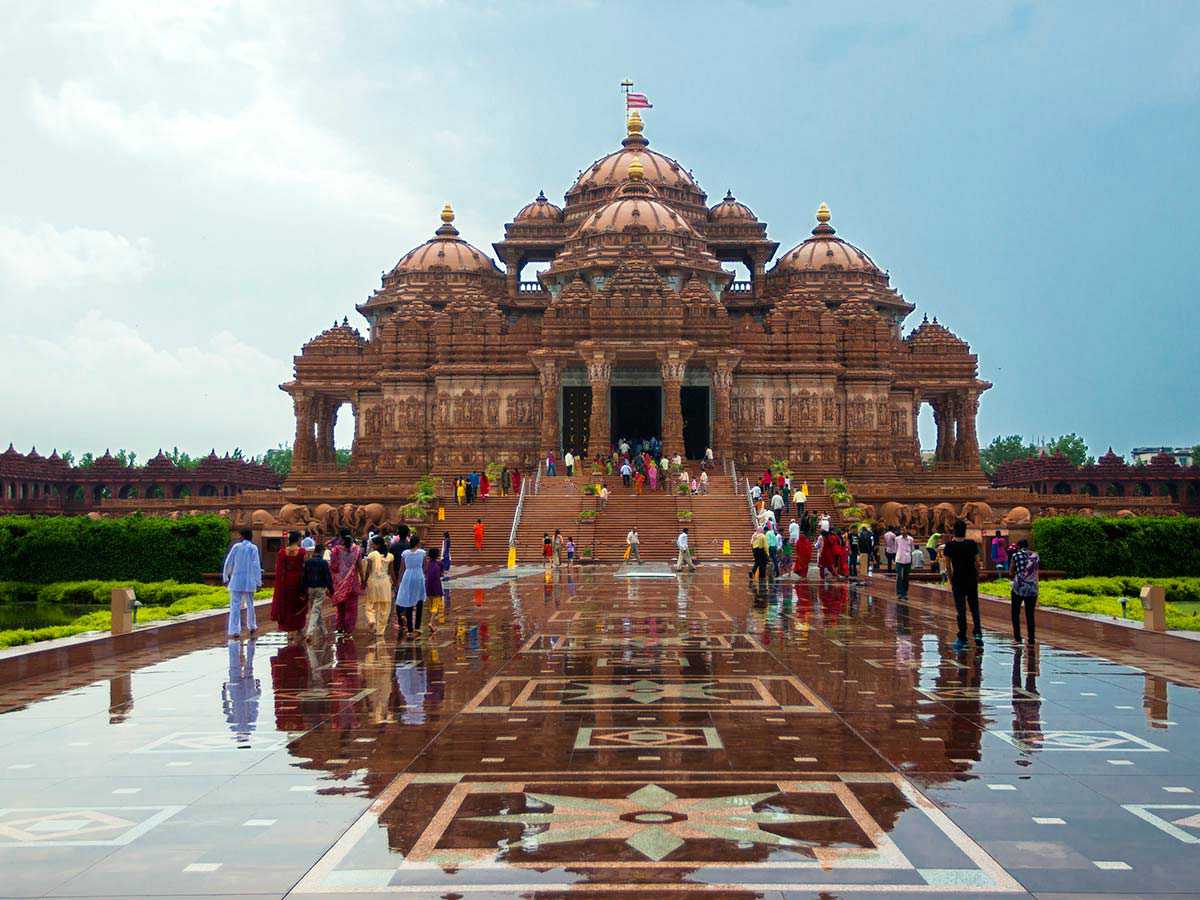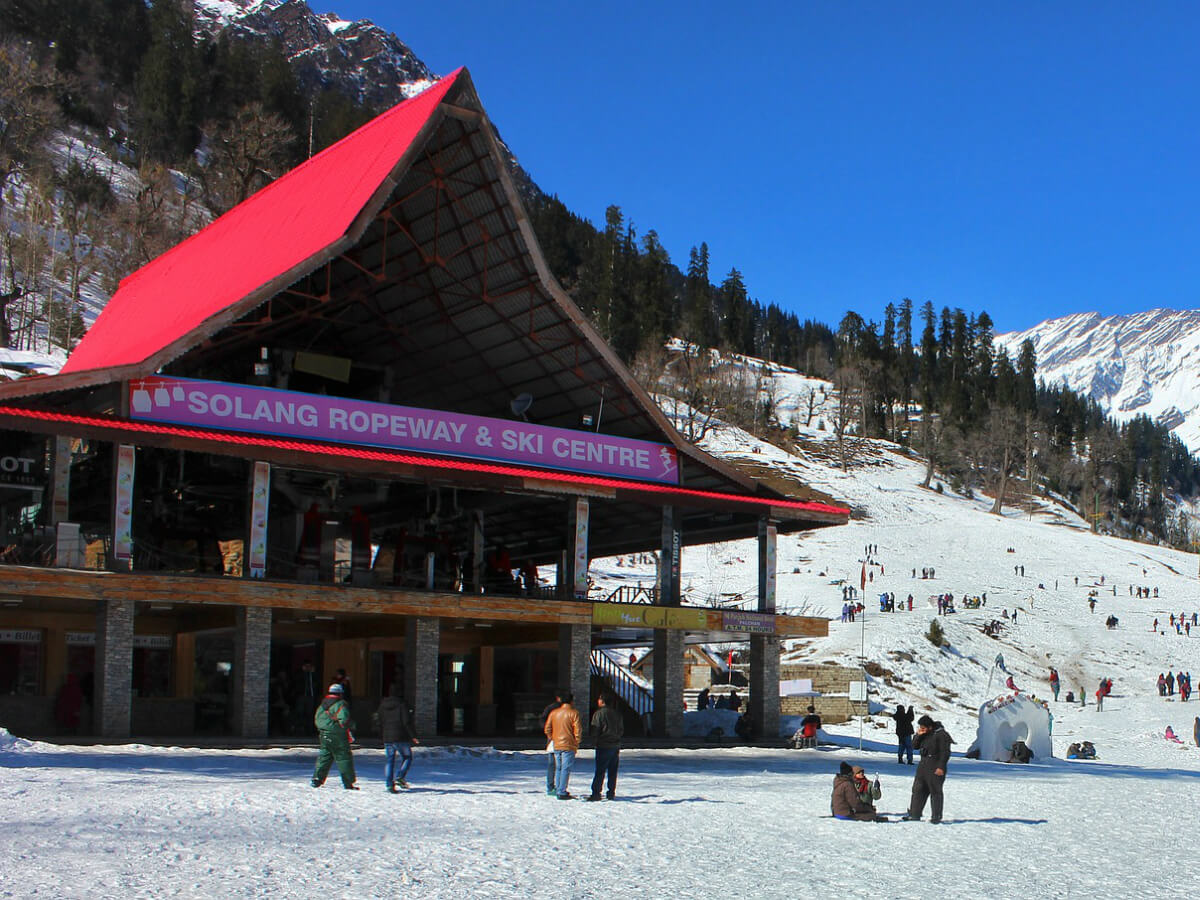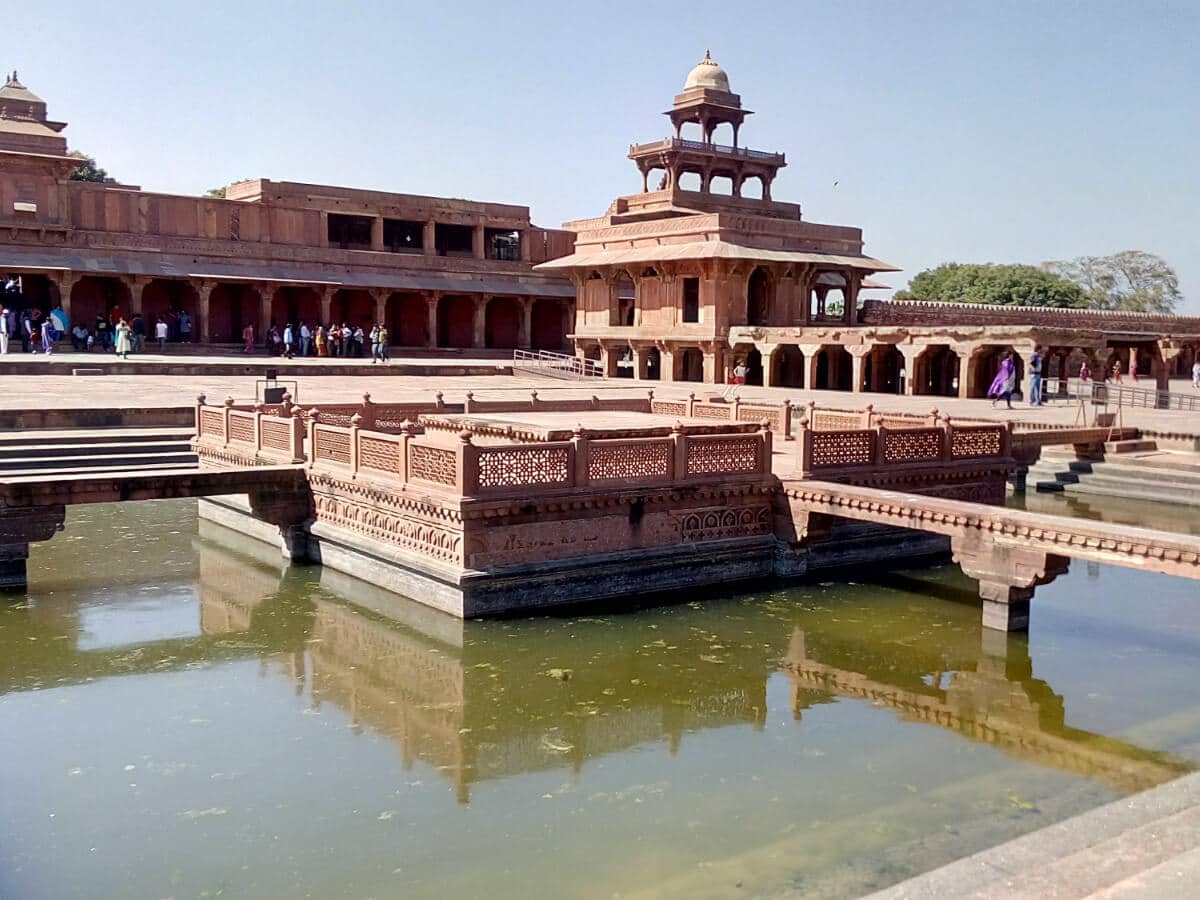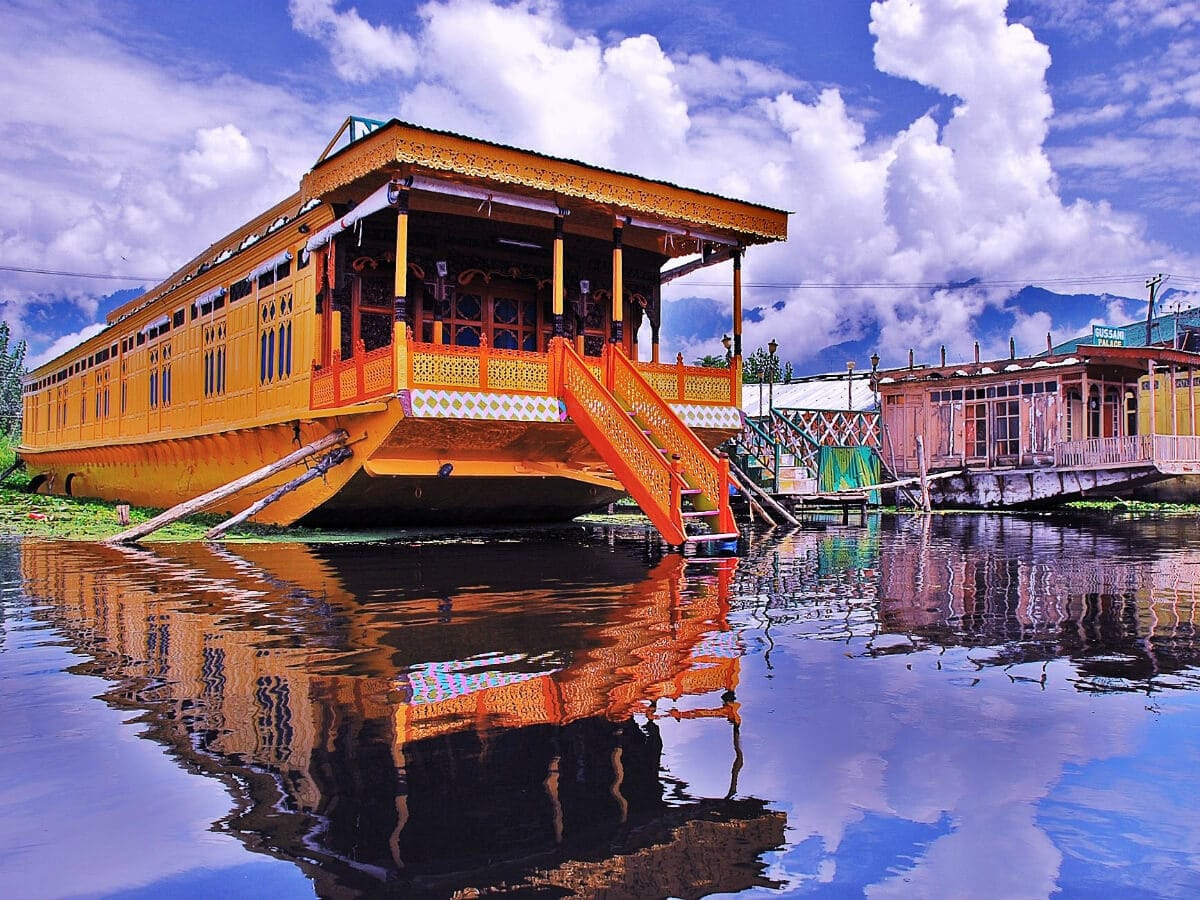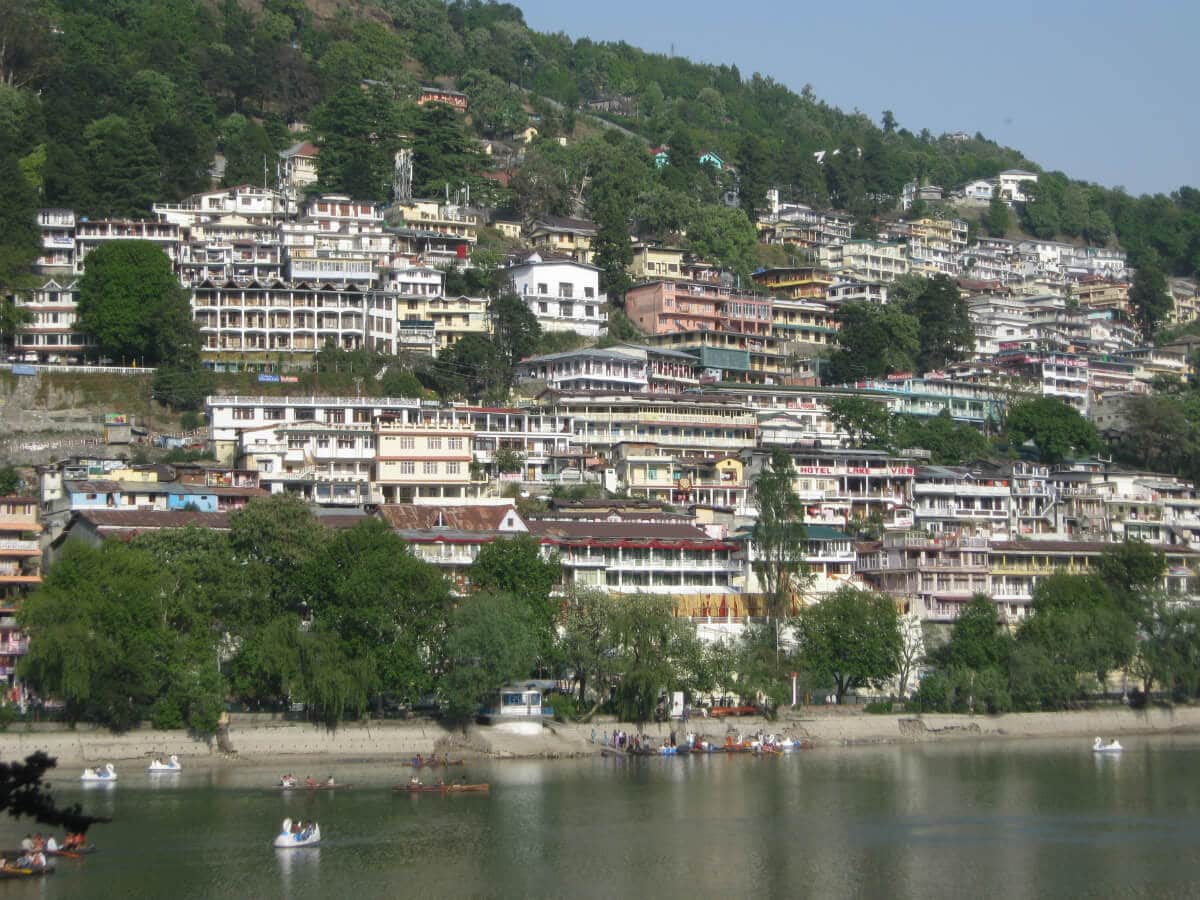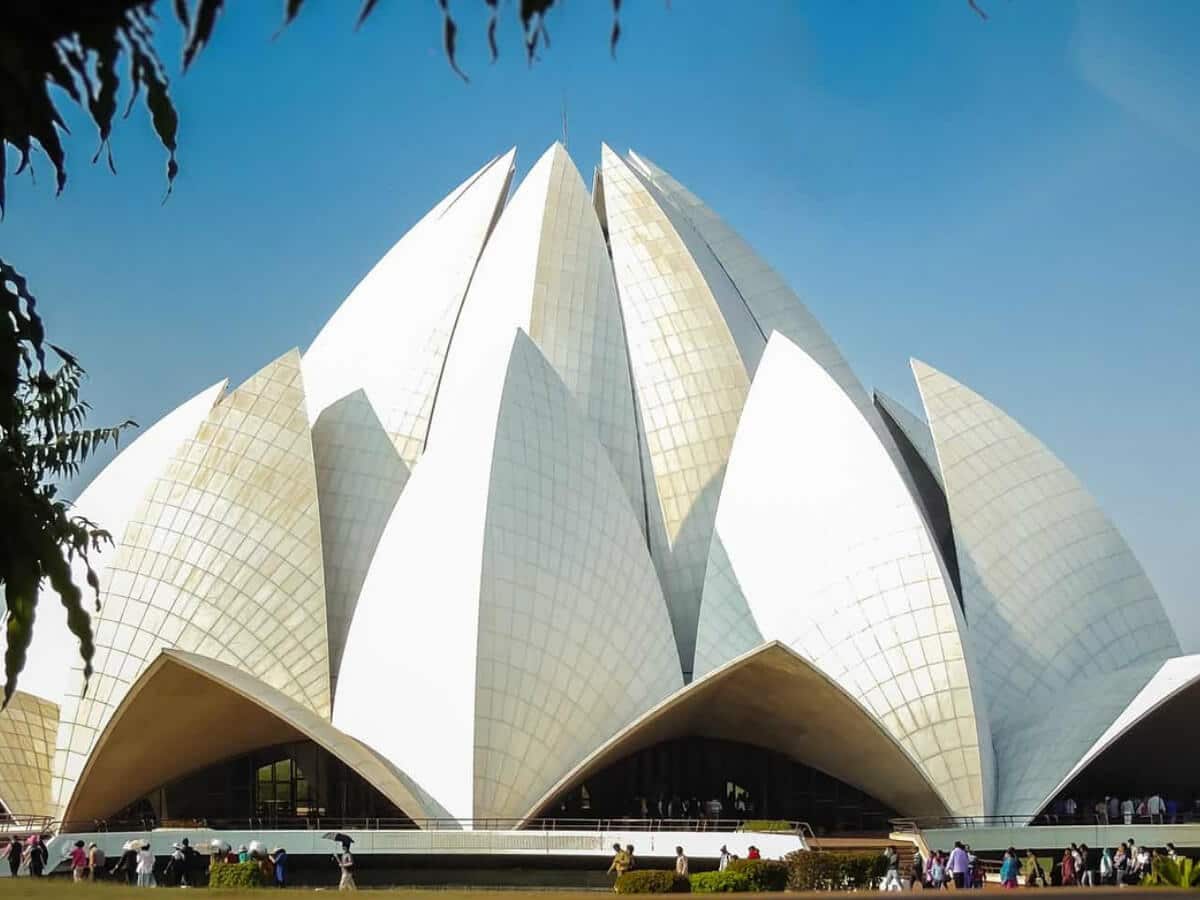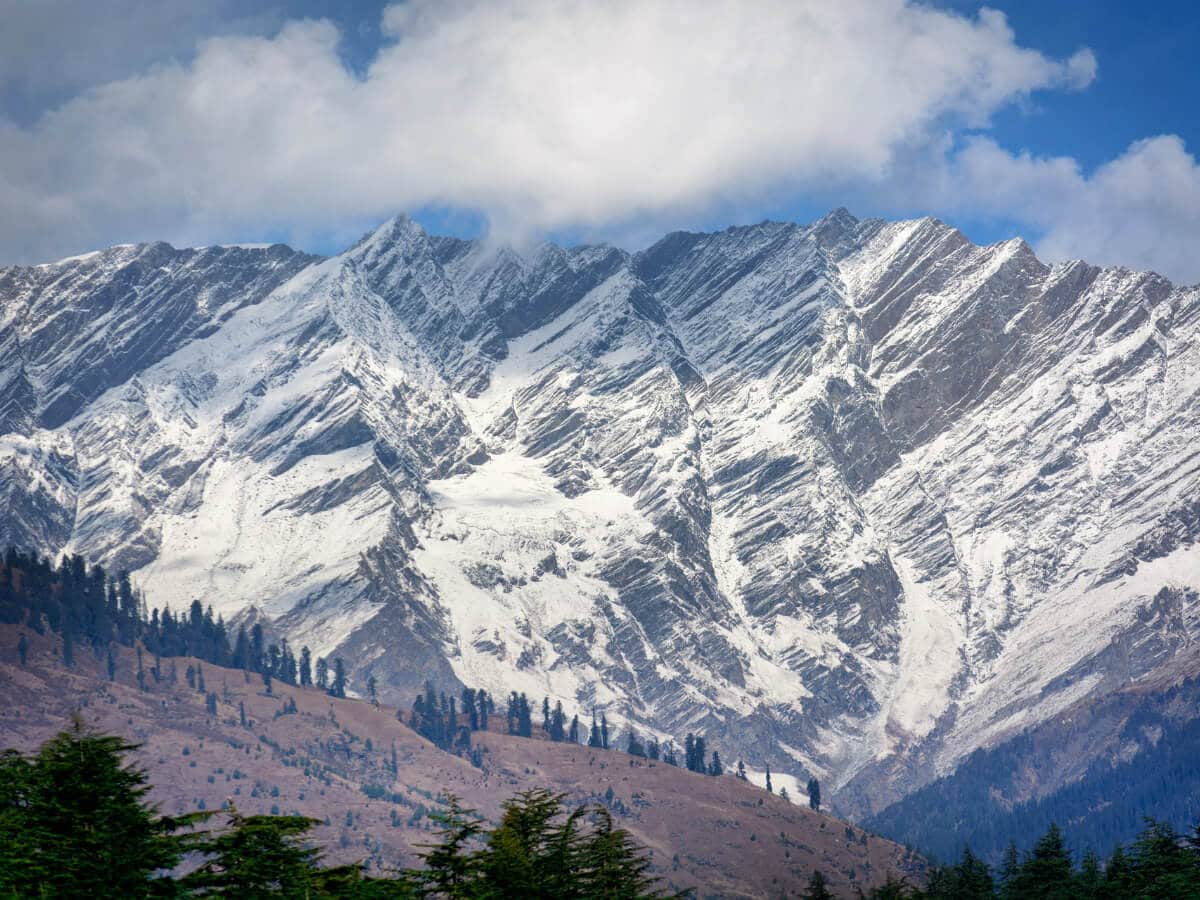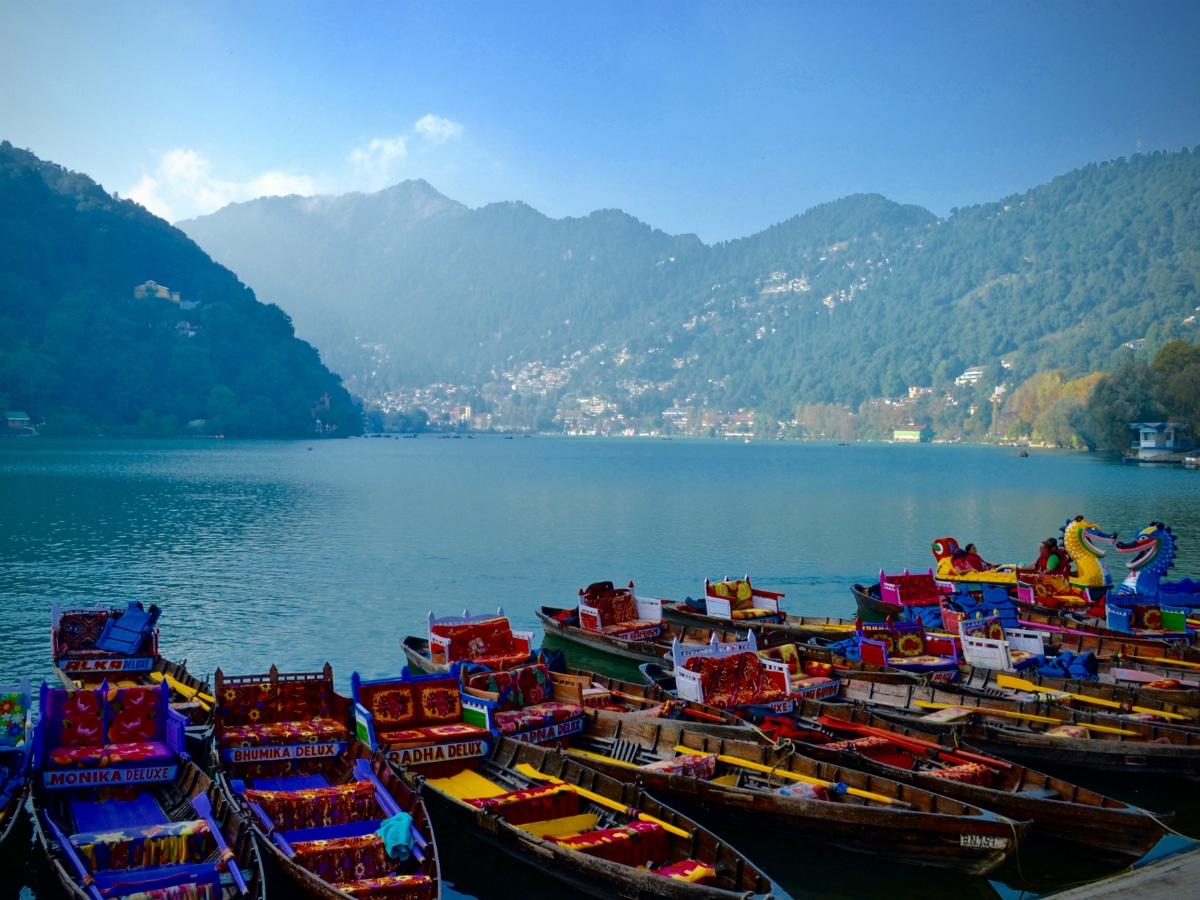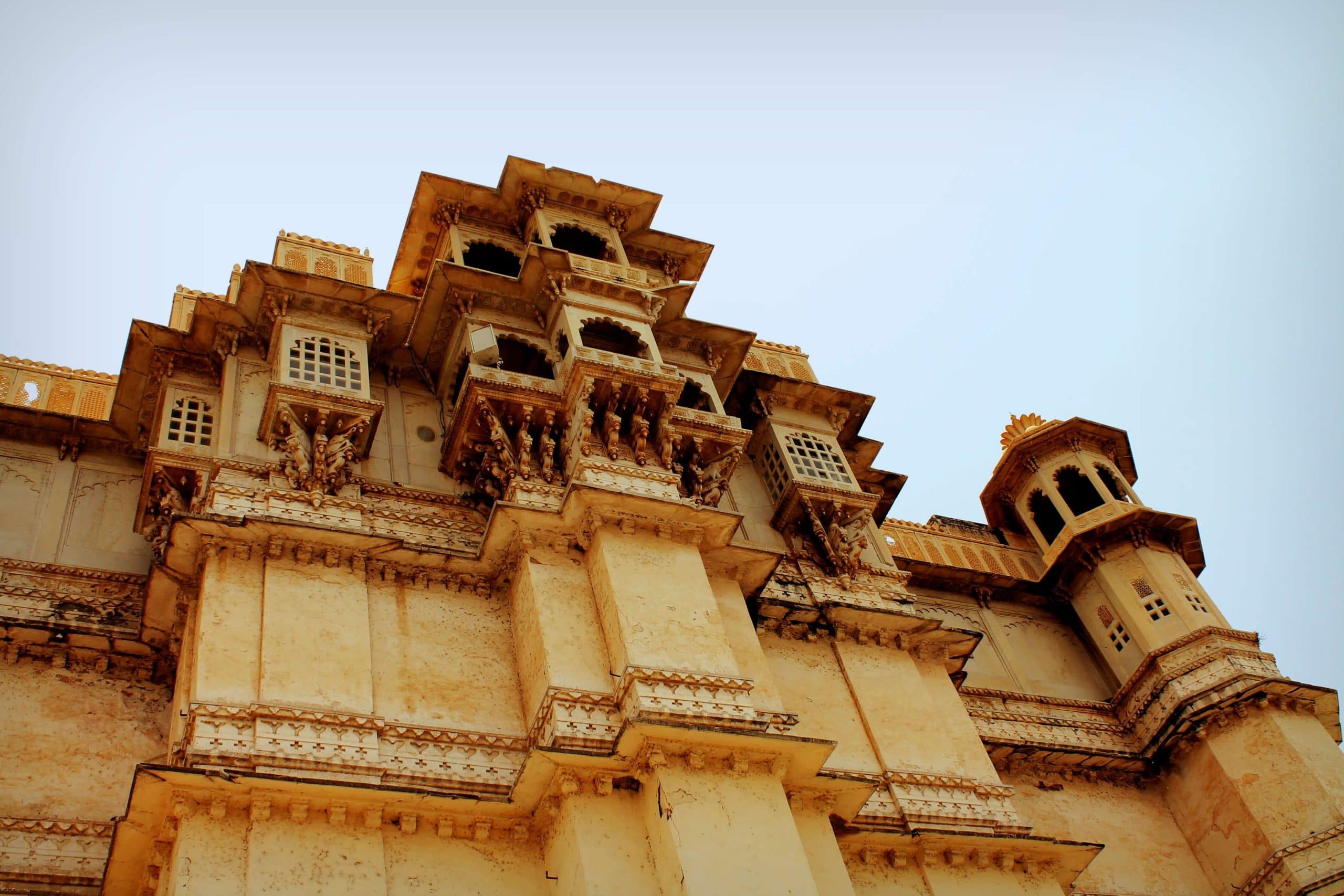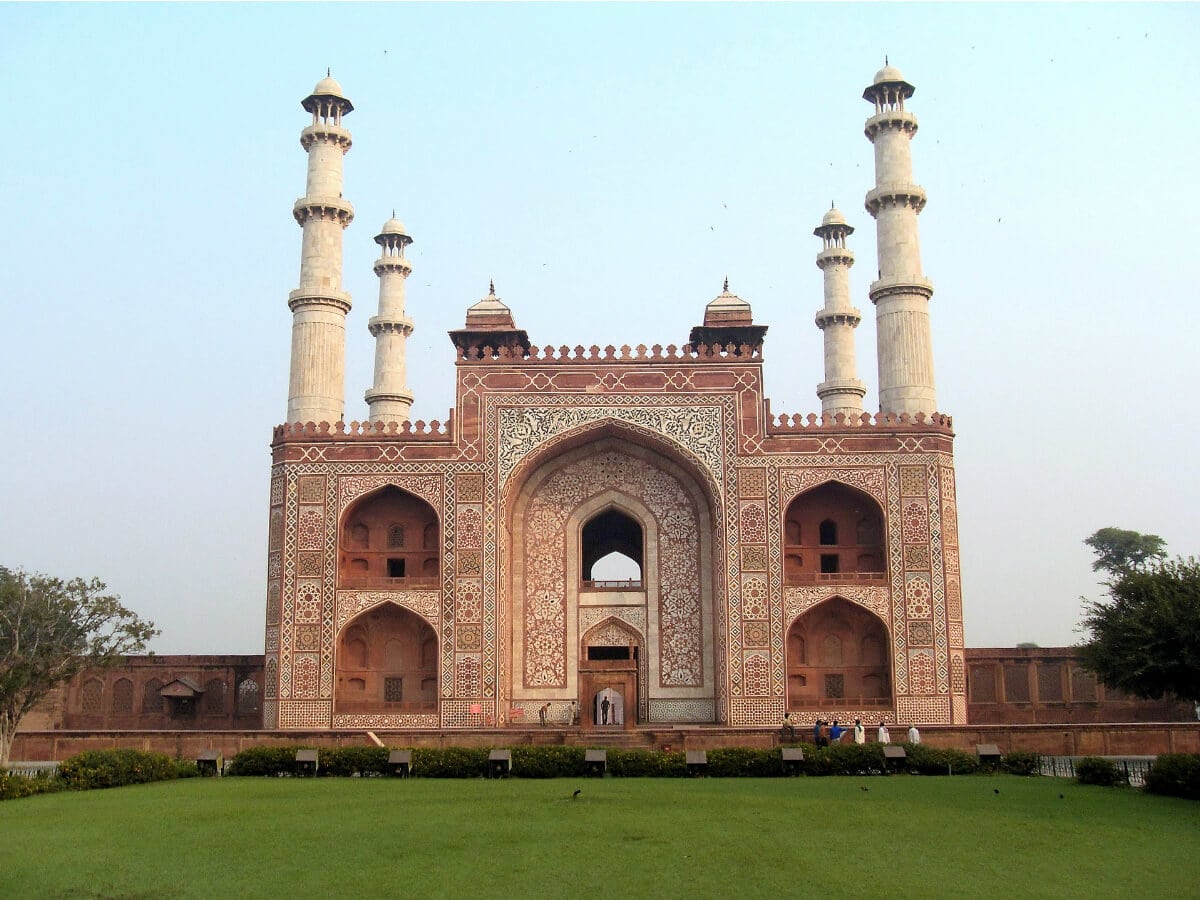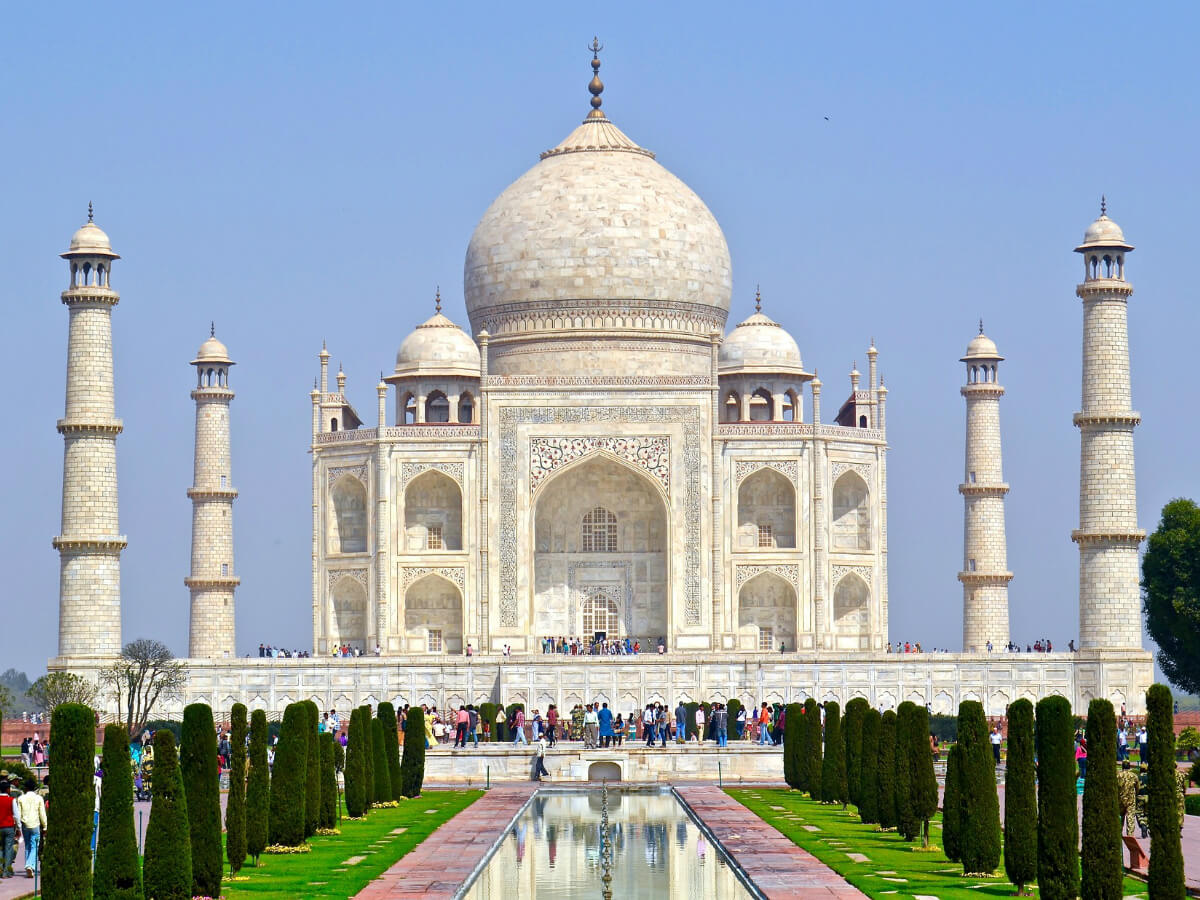There are numerous reasons to visit Delhi indeed, and if you’re a foodie, then your priorities will be set pretty straight as soon as you land in the capital city. Delhi is truly a gastronomic heaven for anyone hoping to get the best of both worlds in terms of food. Whether it’s the street food of Old Delhi or the more modern choices available in the lanes of Connaught Place, the food choices in Delhi are endless. The famous foods of Delhi are a blend of traditional dishes and street food, all of which combine to reflect the rich cultural heritage of the city. Delhi cuisine is quite influenced by the cuisines of several North Indian states, including Haryana, Punjab, and Uttar Pradesh.
Traces of Mughal cuisine are heavily evident in the foods of Delhi since the Mughals made Delhi the capital of India. During the Mughal period, Delhi’s cuisine was influenced by Central Asian and Persian foods. The Mughals were known for their passion for food, and they brought in the use of spices, nuts, and dry fruits, along with their inclination towards elegant dining. As you roam around the city with our Delhi tour packages, these are some of the dishes you absolutely must try out:
Chole bhature is particularly popular across North India, and its roots can be traced back to the 1940s when it was invented in Delhi. While ‘bhature’ refers to a soft, fluffy, and deep-fried bread made using maida flour, ‘chole’ refers to a spicy chickpea curry. The chickpea gravy is often garnished with coriander and onion. Chole bhature is usually served alongside onions, pickles, and mint chutney. The ingredients that go into making chole include coriander, cumin, and garam masala. Although chole bhature is consumed throughout the day, it’s also a popular breakfast dish in Delhi. The bhaturas are often filled with cottage cheese or potatoes, making it a filling meal.
Butter chicken is a common and beloved dish across most Indian restaurants around the world. The dish originated in the 1950s in Delhi in a restaurant called Moti Mahal, which was founded by Kundan Lal Gujral. Also known as murgh makhani, this dish was actually created by accident. The cooks at the restaurant combined leftover marinade juices with butter and tomato and then tossed some pieces of tandoori chicken into the mix, without knowing that the concoction would one day gain such popularity. The combination of the rich gravy along with the soft and succulent pieces of chicken makes this a heavenly delight for non-vegetarians everywhere. It can be eaten with rice or naan.
Paranthas, or stuffed flatbreads, are an integral part of the city’s culinary heritage. In fact, there is an entire area in Delhi’s Chandni Chowk called Paranthe Wali Gali, which is famous for its eclectic types of paranthas. The fried flatbreads can contain various kinds of fillings, such as potatoes, onions, paneer, lentils, and cauliflower. Once the stuffed dough is rolled out, it’s cooked till the exterior turns golden brown and crispy. Paranthas are usually served alongside yoghurt, butter, pickles, and chutney. There are both vegetarian and non-vegetarian options for paranthas, including aloo paranthas, gobi paranthas, paneer paranthas, keema paranthas, and chicken paranthas.
Daulat ki chaat is one of the most popular and unique desserts in Delhi. In order to make this dish, milk and cream are whipped together to create a frothy and light texture, after which it is garnished with powdered sugar, nuts, and saffron. The dessert just melts in your mouth and is usually sold only during the winter season.
Aloo tikki is one of the most popular snacks in North India, including Delhi. It is made using potatoes and onions, which are combined and transformed into tikkis or croquettes. They are mixed with numerous spices and then deep-fried. You will usually find aloo tikkis being garnished with coriander, pomegranate seeds, and onions. They are often served along with yoghurt or chutney.
Golgappas are a street food snack you just can’t miss out on when you’re in Delhi. Also known as pani puri or phuchka in different parts of India, golgappas consist of hollow and crispy puris. The puris are filled with a mixture of potatoes, chickpeas, green chillies, tamarind chutney, and tangy and spicy water. You can also ask for extra green chillies based on your spice tolerance.
Nihari is a traditional Mughal dish that is considered to have originated in Old Delhi. The dish is also connected to Pakistan because nihari was brought in to Karachi when several Delhi immigrants settled in Pakistan after the country gained independence. This meat stew can be cooked using mutton, beef, or chicken. Consisting of tender pieces of meat, this slow-cooked stew is simmered in a delicious gravy made up of herbs and spices. In the lanes of Old Delhi, nihari is usually enjoyed during breakfast time. It’s commonly served with naan.
The hearty and filling dish known as rajma chawal is common in Delhi both during lunch and dinner. While rajma refers to red kidney beans, chawal refers to cooked rice. The red kidney beans or rajma is made using onions and tomato puree, thereby creating a rich and flavourful gravy. A variety of spices go into making this gravy, such as garlic, ginger, cinnamon, chilli peppers, cumin, and coriander.

















